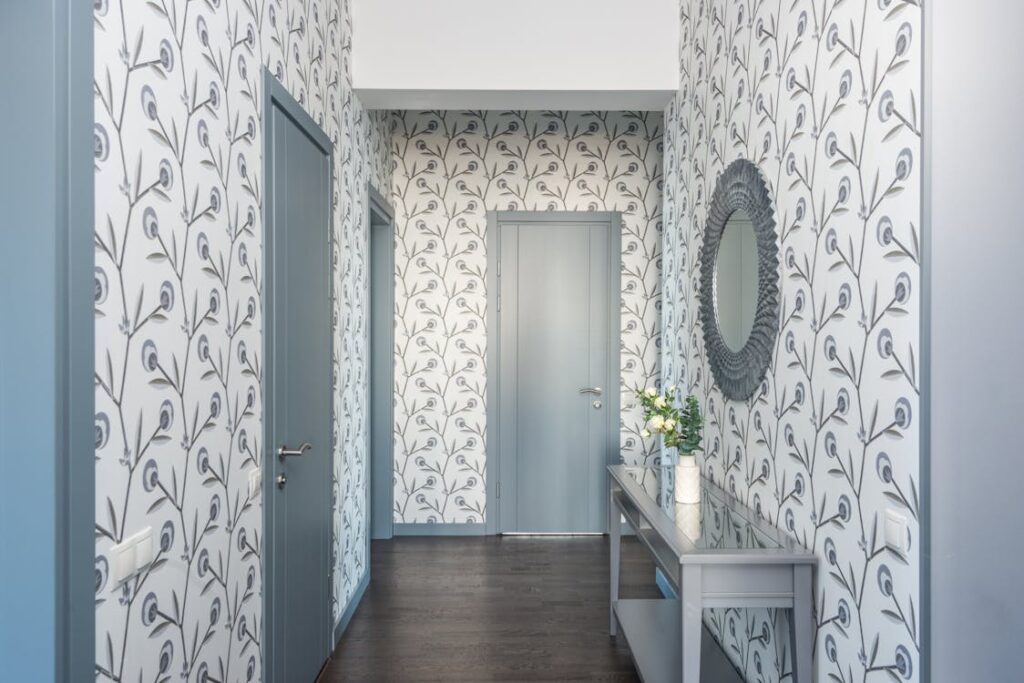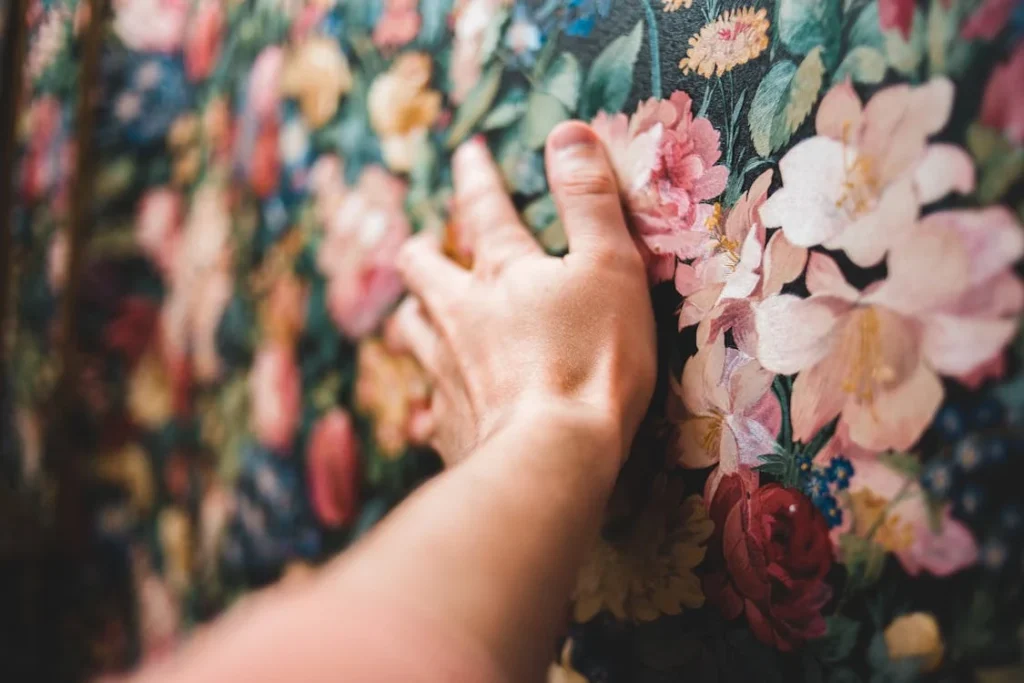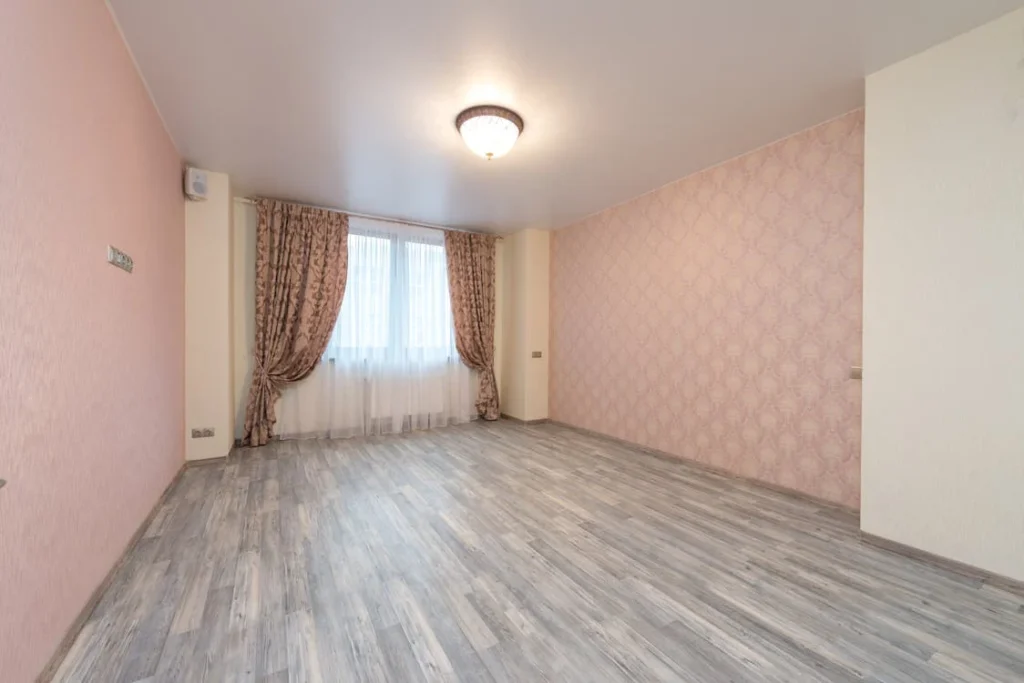Creating your custom wallpaper is an exciting journey into design and personal expression. Whether you’re using your photos, fun patterns, or inspired illustrations, the process allows you to infuse your style into your home or device screens. This customization adds a unique touch and makes your spaces more meaningful and reflective of your personality.
Ready to transform your walls, phone, or computer background into a canvas of your creativity? Read on to discover how you can design, edit, and personalize your very own wallpaper, starting from a blank canvas to a masterpiece that’s uniquely yours.
Tools You Need to Make Your Custom Wallpaper
Wallpapers can transform both digital and physical spaces, allowing you to add a personal touch to everything from your smartphone’s lock screen to an entire room in your home. Whether you’re aiming for a subtle background or a bold statement piece, understanding the basics is the first step in creating a piece that truly reflects your style.
To create your own custom design for both residential and commercial wallpaper, whether for a device or a room, you’ll need some essential tools and resources:
Photo Editing Tools and Apps
Software like Adobe Photoshop, GIMP, or Canva provides the functionality to edit photos, create designs, and adjust elements such as contrast, saturation, and pixel count. These tools are crucial for both beginners and advanced users aiming to produce high-quality wallpapers.
Wallpaper Maker Apps
For those looking to create wallpapers specifically for phones or tablets, apps like Zedge and Wallpaper Maker offer user-friendly interfaces that simplify the design process. These apps often include features like templates, icons, and text additions, making it easy to personalize your lock screen or home screen.
Templates and Resources
Using templates from platforms like Adobe Stock or free resources in the public domain can jump-start your design process. These templates often come with predefined layouts and patterns that you can customize or use as a base for your creation.
Graphics and Design Elements
For more detailed customization, you might need additional graphics and design elements. Websites like Flaticon or Freepik offer vast libraries of icons, vectors, and images that can enhance your wallpaper.
By utilizing these tools, you can start creating wallpapers that enhance the aesthetics of your space and add a touch of your personal style and creativity.
Steps on How to Design Your Own Wallpaper

Designing your own wallpaper allows for a creative outlet that can personalize any space, digital or physical. From selecting images to setting up your canvas, each step is crucial in ensuring a quality finish that captures your vision. Here’s how you can transform your ideas into a unique wallpaper design.
Step 1. Choose the Right Images
The foundation of a great wallpaper is the quality of the images used. High-resolution photos ensure that your wallpaper remains clear and vibrant, regardless of the screen or wall size. When selecting images, consider the following:
- Quality and Resolution: Choose high-resolution images to avoid pixelation, which is especially important for large spaces or high-definition screens. Tools like Adobe Photoshop or GIMP can help you check and adjust the resolution.
- Subject and Composition: Look for images with appealing compositions that fit your intended space. Whether it’s a serene landscape for a bedroom wall or a vibrant abstract piece for your phone, the subject should complement the environment.
- Copyright and Usage Rights: Ensure the images are either owned by you or sourced from the public domain or sites that offer free-to-use images for personal projects.
Step 2. Utilize Wallpaper Templates
Templates can simplify the design process by providing a pre-designed layout that you only need to customize. Many graphic design apps and websites offer wallpaper templates tailored for specific devices or wall dimensions, helping you ensure that your design fits perfectly.
Sites like Canva and Adobe Spark offer a variety of wallpaper templates that can be customized to your liking. These platforms often include tools to add your own images and text easily.
Templates help you visualize the final product, which can be especially helpful if you’re new to design. They also ensure that your alignments and proportions are correct, making the design process smoother.
Step 3. Adjust the Pixel Count
The clarity of your wallpaper largely depends on the pixel count, which should be tailored to where it will be displayed:
- For Digital Devices: Check the optimal resolution for your device—whether it’s an Android phone, iPhone, or desktop computer—and adjust your image accordingly to prevent blurring.
- For Physical Walls: If printing the wallpaper for a room, the pixel count must be much higher to maintain clarity over large areas. Wallpaper printing companies often specify the required DPI (dots per inch) for large prints.
Step 4. Create a Blank Canvas
Starting with a blank canvas gives you complete creative freedom to arrange elements exactly how you want them.
Open your chosen graphic editor and create a new project with your desired dimensions. These could be the exact measurements of your phone screen or the full width and height of your wall.
Add your selected images, graphics, and text. This is where you can let your creativity flow, experimenting with different layouts, colors, and elements to create something truly personal.

Editing and Customization
Creating custom wallpapers involves more than just choosing an image; it requires meticulous editing and customization to fit perfectly into your intended space, whether a digital screen or a physical wall. Whether you’re a beginner or an experienced designer, understanding the editing process is crucial for achieving the desired results.
Here’s a detailed look at how you can refine your wallpaper designs.
Basic Photo Editing
A fundamental step in wallpaper creation is editing your chosen images to ensure they look their best. Here’s a simple guide:
- Cropping: Start by cropping your images to fit the desired area. Use editing tools like Adobe Photoshop or GIMP to select the portion of the image you want to highlight.
- Adjusting Brightness and Contrast: Enhance the visual appeal of your images by adjusting the brightness and contrast. Most photo editing software has an adjustment menu, allowing you to make your images pop or soften as needed.
Adding Design Elements
Personalizing your wallpaper often involves adding various design elements to make it unique:
- Patterns and Textures: Consider adding patterns or textures to give depth to your wallpaper. You can create patterns from scratch or use pre-made ones that fit your aesthetic.
- Icons and Text: You can add icons or brief texts to make your wallpaper more functional, especially for devices. For instance, adding calendar icons or inspirational quotes can enhance your wallpaper’s look and utility.
Using Advanced Editing Tools
For those looking to take their designs further, advanced editing tools offer extensive possibilities:
- Layering: Most graphic design software allows you to work with layers, which you can use to place various elements over one another without permanently altering them.
- Blending Modes: Experiment with different blending modes to see how your images interact with each other. Blending can help you achieve effects such as soft light, overlay, and multiply, which are great for creating mood or emphasis.
Customizing for Different Devices
When designing wallpapers, consider the device or wall it will be used on:
- Resolution and Aspect Ratio: Ensure that the image resolution matches the device’s requirements. For example, wallpapers for an Android device should typically be 1920×1080 pixels or more to look sharp.
- Testing on Devices: Before finalizing, upload your wallpaper to your device or use an emulator to see how it looks. Adjust as necessary to ensure the elements are well-positioned and visually appealing.
You can craft not just a wallpaper but a statement of your personal style, whether it’s displayed on a tiny phone screen or spans a whole room’s ceiling.

Customize Special Features
As you delve deeper into the art of wallpaper creation, exploring special features can elevate your designs from simple backdrops to dynamic, engaging pieces. Whether you’re dressing up a digital device or an entire room, these advanced techniques can add depth and personalization to your projects.
Designing for Whole Rooms
Taking your designs from a small screen to covering entire walls offers a dramatic shift in scale and impact:
- Large-Scale Printing: Consider the resolution and detail when designing for whole rooms. Use high-resolution images and ensure your design is vector-based to prevent pixelation when printed large.
- Room-Specific Themes: Tailor your design to the room’s purpose—calming patterns for bedrooms or vibrant, energetic designs for living areas.
- Professional Printing: Utilize professional services specializing in large-format wallpaper printing to ensure the quality and durability of your wall coverings.
Interactive Wallpaper Option
In the realm of digital wallpapers, interactivity can transform a static image into an engaging experience:
- Clickable Areas: On digital devices, incorporate elements that users can interact with, such as links or apps, embedded directly into the wallpaper.
- Dynamic Elements: Consider using software that allows the wallpaper to change based on the time of day or weather conditions, adding a lively dimension to digital spaces.
Creating Collages
Collages allow for a rich compilation of images, creating a narrative or thematic link between different visuals:
- Combining Images: Use photo editing tools to blend images together, overlaying them with transparency or using frames to maintain individual integrity.
- Theme Development: Build a cohesive theme by selecting images that share color schemes, subjects, or artistic styles, enhancing the overall visual harmony.
Incorporating Personal Icons and Graphics
Personal icons and graphics can make your wallpaper uniquely yours, whether it’s for personal use on devices or for decorating your space.
Design or download icons that reflect your interests or daily needs, such as coffee cups for kitchen wallpapers or tech icons for office spaces.
Blend these elements seamlessly into your design using layers and opacity adjustments in your graphic software, ensuring they complement rather than overwhelm the main image.
Legal Considerations
When creating custom wallpapers, it’s crucial to consider the legal aspects of using images and designs, especially if they are not your original creations. Understanding copyright laws and utilizing resources like public domain images can ensure that your designs are beautiful and legally sound.
Copyright laws protect the creative works of individuals, ensuring that creators have exclusive rights to their creations.
Here’s what you need to know:
- Original Work: You can freely use any images or designs that you have created from scratch. This includes any pictures you have taken or graphics you have designed.
- Licensed Images: If you use images or designs that are not your own, ensure they are appropriately licensed for your intended use. This might involve purchasing rights or obtaining permission from the creator.
- Restrictions: Some images, especially those downloaded from the Internet, may have restrictions on modification or commercial use. Always check the terms associated with any image you plan to use.
Using Public Domain Images
Public domain images are a great resource for creators as they are free to use without any copyright restrictions. Websites like Pixabay, Unsplash, and Pexels offer large collections of free, high-quality images. These platforms provide easy search tools for images that suit your wallpaper design needs.
Using public domain images eliminates the risk of copyright infringement and often provides a wide range of options. These resources can be invaluable if you’re looking for specific scenes, patterns, or themes.
While public domain images are free to use, verifying the licensing on each image is good practice, as some platforms might have mixed collections. Always double-check to ensure the images are indeed in the public domain.

Saving Your Created Wallpaper Correctly
Once you’ve poured your creativity into designing a custom wallpaper, the next steps are to save your artwork correctly, set it up on your devices, and share it with others. Properly managing these steps ensures that your wallpaper looks great on any platform and that your rights as a creator are respected.
Saving your wallpaper in the correct format is crucial for maintaining its quality and compatibility:
- Best Formats: For digital wallpapers, the most common formats are JPEG (JPG) or PNG. JPEG is ideal for detailed photos due to its smaller file size, while PNG is better for images with text or icons due to its lossless compression.
- Resolution: Ensure the resolution matches the device’s requirements. TIFF or PDF might be better options for large prints or whole-room designs due to their higher quality and better handling of large sizes.
Always save your original work in an editable format like PSD (Photoshop Document) before exporting to other formats. This allows you to make changes without starting from scratch.
Share Your Creations and Print Patterns
Sharing your wallpapers allows you to showcase your creativity to a broader audience, but it’s important to do so safely. Consider adding a subtle watermark to protect your design when sharing online. Include copyright notices with your wallpapers and wallpaper installations, especially if you share them through your website or digital galleries.
Use platforms that respect and protect creators’ rights. Social media sites, personal blogs, or websites like DeviantArt are great for reaching a wide audience while maintaining control over your work.
You can effectively save, set up, and share your custom wallpapers, ensuring they look great wherever they’re displayed and that your creative rights are protected.
In your journey to customize your environment with unique wallpaper, remember that professional installation services are available to ensure flawless results. If you find the process overwhelming or desire a perfect finish, don’t hesitate to contact a professional wallpaper installation company.

